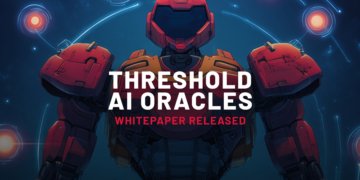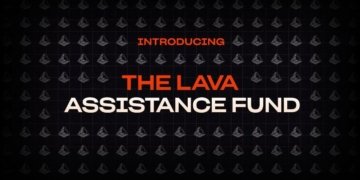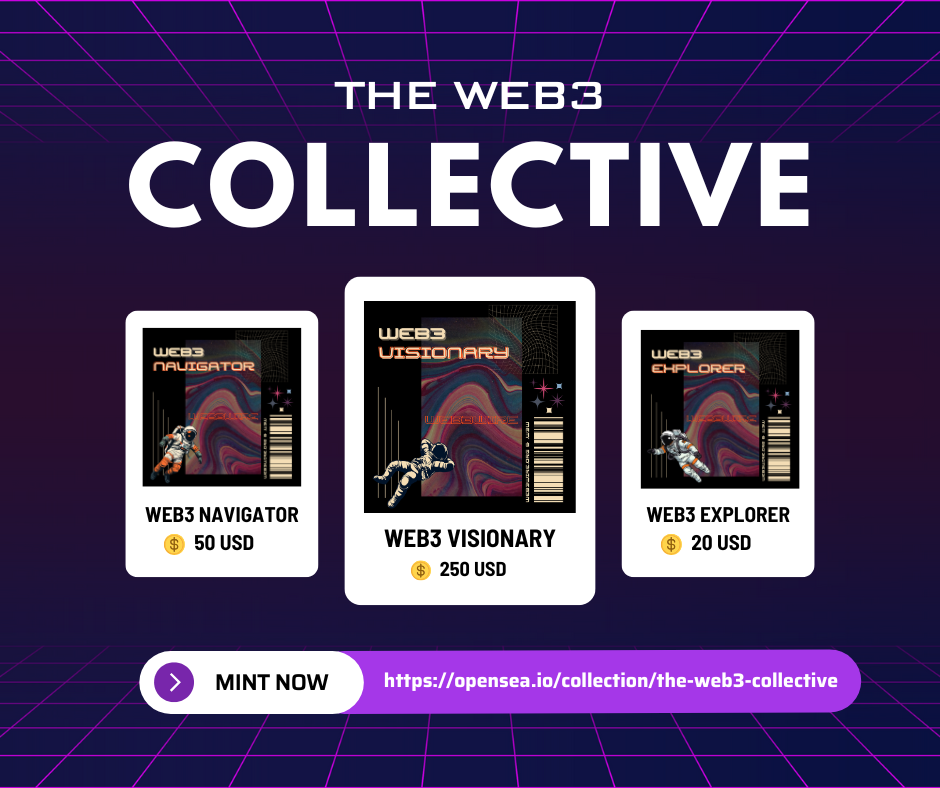
NFT Market Struggles: Worst Performance Since 2020 Reported
The NFT market has entered 2025 facing significant challenges, marking its weakest performance since 2020. As technological advancements continue to reshape industries, the volatile world of non-fungible tokens exemplifies both the potential and pitfalls of this evolving digital landscape. This article explores the recent downturn in NFT market performance, analyzing the factors contributing to this slump and the prospects for recovery.
The Rise and Fall of NFTs: A Brief Overview
Non-fungible tokens, or NFTs, exploded onto the digital scene in 2020, capturing the imagination of artists, collectors, and investors worldwide. With a unique ability to authenticate ownership of digital assets, NFTs revolutionized concepts of digital art and collectibles. However, the ensuing hype led to a period of rapid growth, accompanied by speculation and investment frenzy.
The market, which saw meteoric rises in benchmark NFT projects and platforms, began to witness declining enthusiasm as the initial buzz waned. By 2022, the industry was in a precarious position, teetering between innovation and oversaturation.
Key Factors Behind the NFT Market Downturn
- Market Saturation: A significant influx of NFT creators and platforms led to dilution in quality and value. As more assets came into circulation, scarcity—a critical factor in NFT valuation—diminished.
- Economic Climate: Global economic uncertainty influenced investor sentiment, leading to cautious trading behaviors. The risk-averse climate saw many potential NFT buyers retreating to safer investments.
- Regulatory Scrutiny: Increased scrutiny over cryptocurrencies and digital assets brought about regulatory interventions, adding layers of complexity and cost to NFT transactions.
- Technological Challenges: Issues related to scalability and environmental impact of blockchain technologies used to mint NFTs raised concerns among conscientious investors.
The Impact of Technological and Economic Changes
Blockchain Evolution and Its Complications
The blockchain infrastructure powering NFTs, while revolutionary, is not without its setbacks. The Ethereum blockchain, despite being the most popular host for NFTs, faced criticism and functional bottlenecks. High gas fees and transaction slowdowns served as barriers for newcomers and smaller artists who were already burdened by competitive pressures.
Moreover, environmental concerns linked to the carbon footprint of blockchain processing urged a push towards more sustainable alternatives. This transition, however, requires substantial investments and technological shifts, challenging smaller ecosystems dependent on traditional blockchains.
Global Economic Pressures
The NFT market isn’t insulated from macroeconomic factors affecting the general financial landscape. Inflationary pressures, interest rate hikes, and geopolitical tensions have fostered a climate of economic caution. The resultant capital flow away from speculative ventures like NFTs towards more stable and tangible investments has significantly impacted overall NFT liquidity and valuation.
Opportunities Amidst Challenges
Despite a disheartening market performance, opportunities for growth and adaptation remain. As the market matures, a shift towards quality and utility becomes apparent. Enthusiasts and stakeholders are increasingly focusing on the long-term capabilities of NFTs rather than short-lived speculative gains.
Embracing Innovation and Utility
- Integration of Utility: NFTs with functional utility—for instance, those integrated within gaming platforms or tied to real-world benefits—stand to gain traction as users seek intrinsic value.
- Cross-Industry Collaborations: Partnerships between different sectors such as entertainment, sports, and fashion with NFT developers have shown promise in creating diversified and robust digital ecosystems.
- Sustainable Practices: The move towards greener solutions like Proof-of-Stake and eco-friendly protocols is likely to appease environmentally conscious investors, enhancing NFT adoption.
Educational Efforts and Market Transparency
An informed audience is critical for sustaining interest and investments in NFTs. Educational initiatives promoting detailed understanding of NFTs, their benefits, and risks can help cultivate a healthier market atmosphere. Additionally, transparency regarding ownership, creator authenticity, and transaction histories can bolster trust and confidence among potential investors and users.
The Road to Recovery: Strategies for the Future
For the NFT market to regain its lost momentum, a focus on strategic adaptation and resilience is key. Industry leaders should encourage ethos of responsible innovation and adaptability to both technological advances and societal expectations.
Key strategies include:
- Investing in scalable and sustainable blockchain solutions.
- Enhancing digital security to safeguard assets against fraud and breaches.
- Emphasizing community-driven projects to foster industry trust and collaboration.
As we navigate this challenging phase, there lies potential in refocusing NFT innovations toward meaningful value creation. Stakeholders committed to quality, sustainability, and utility will inevitably influence the direction of NFTs in the coming years.
While the downturn in the NFT market’s performance signifies challenges, it also heralds opportunities for strategic growth and recovery. By navigating these difficulties with foresight and innovation, the NFT ecosystem can re-emerge stronger and more resilient.
“`


















